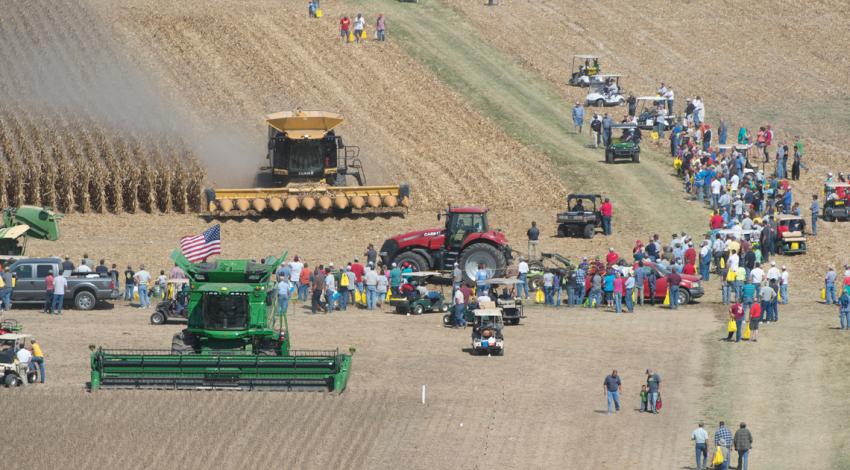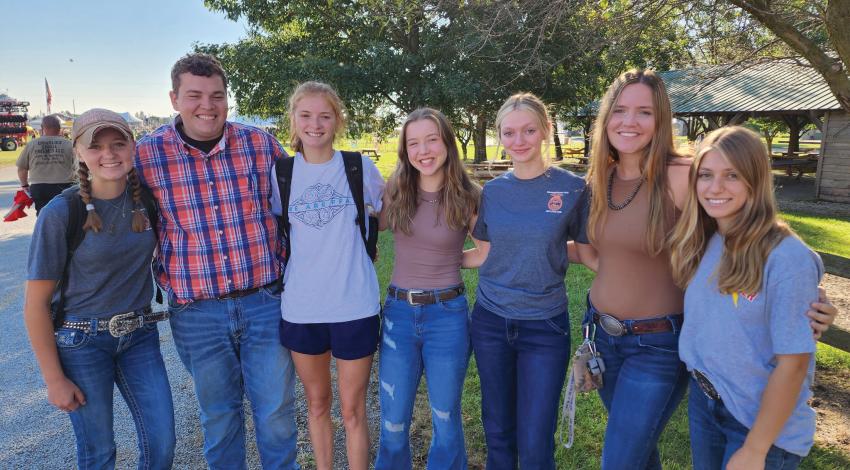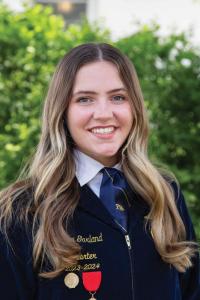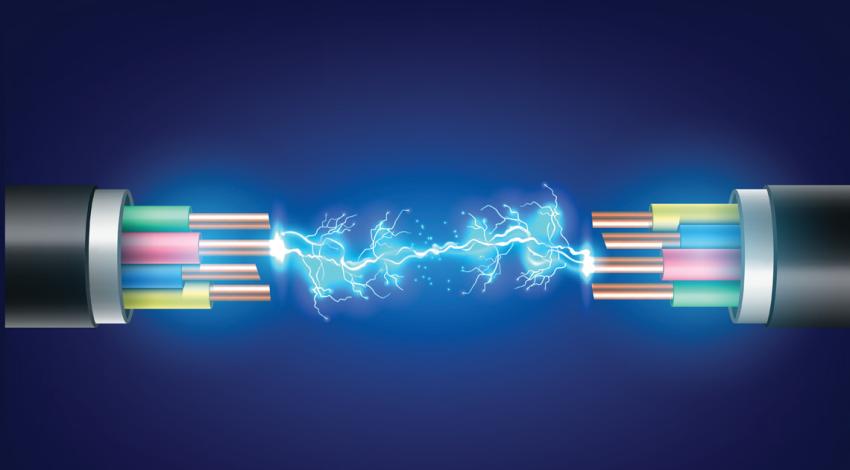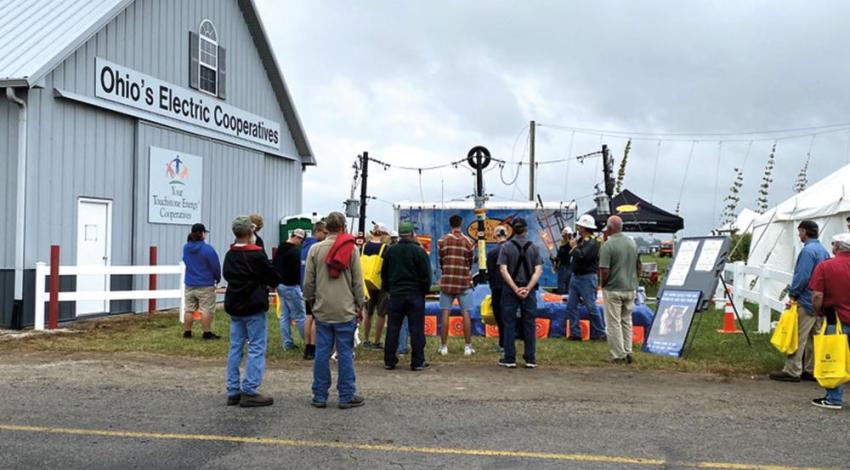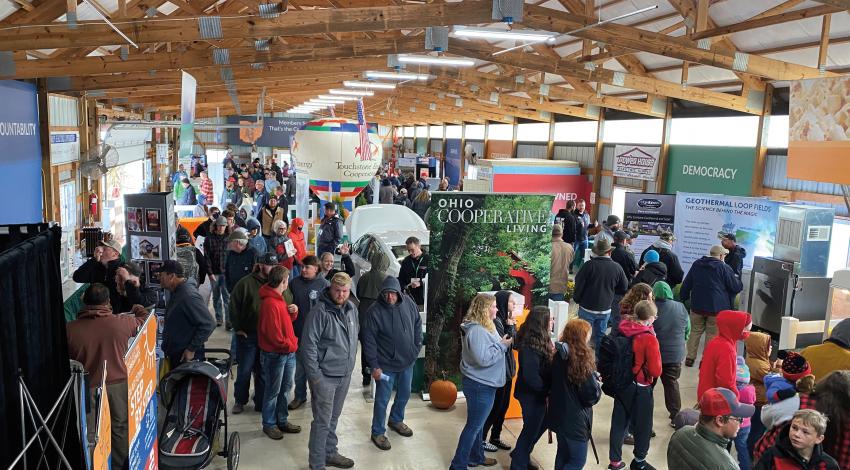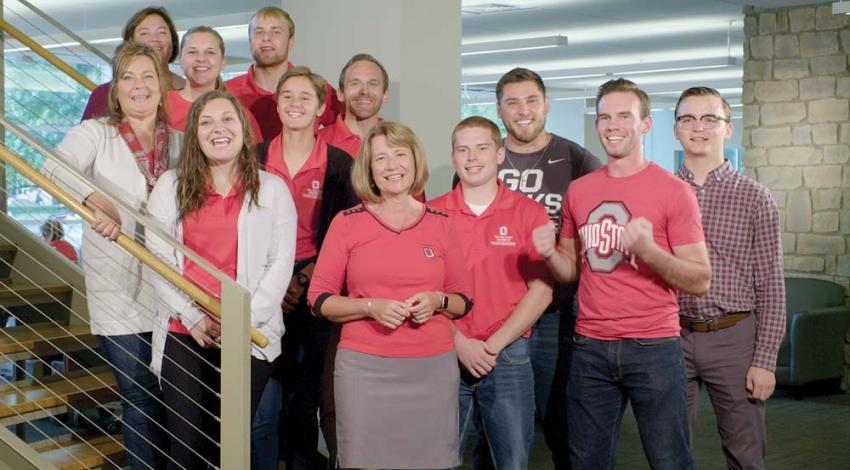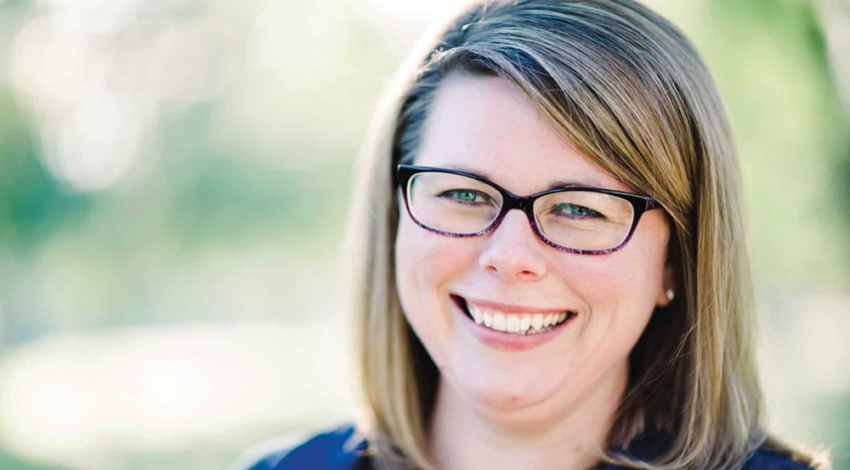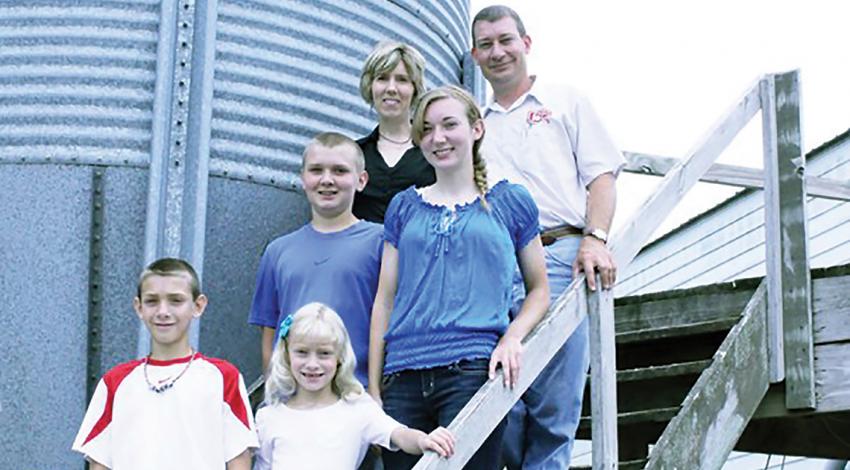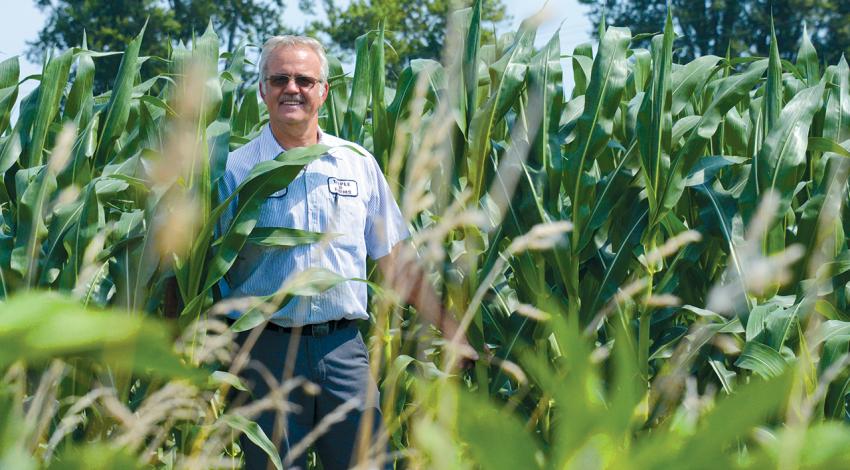Farming has long been the backbone of Ohio’s economy. Even if you don’t farm today, you likely have friends or family who do, or ancestors who once did.
Ohio’s electric cooperatives have a long history with the farming community. Years ago, rural residents (many of them farmers) worked together to bring electricity to their homes and towns, changing life in the countryside forever.
